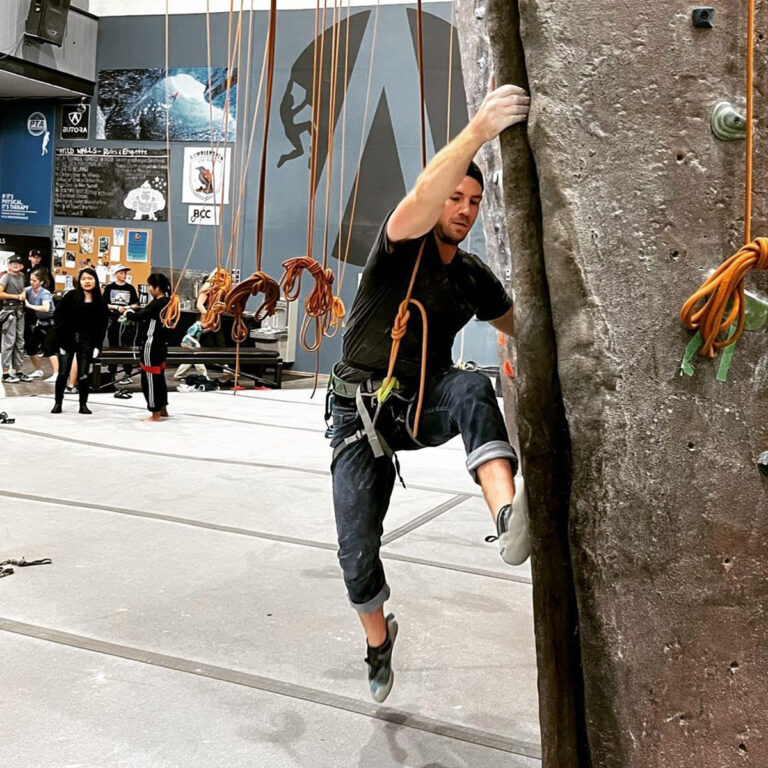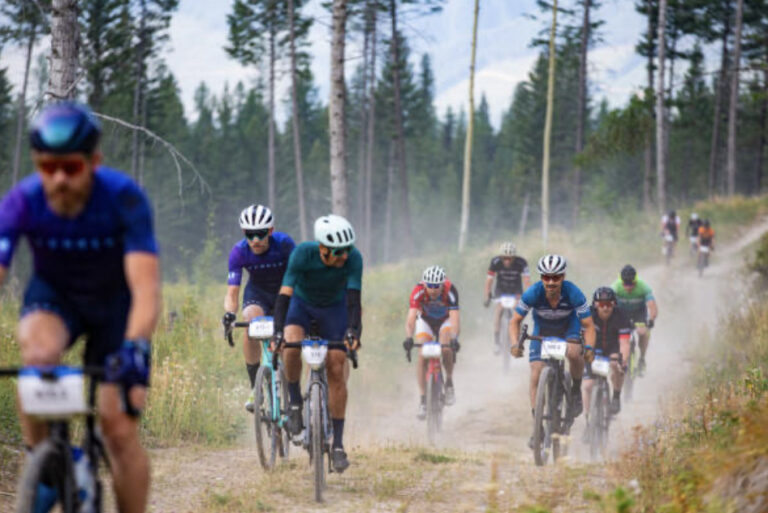BOOK REVIEWS
Weekend Rock: Washington
David Whitelaw
Mountaineers Books, January 2006, 240 pages.
When the opportunity to review the guidebook, Weekend Rock: Washington by David Whitelaw presented itself I was excited for two reasons. One, after reviewing the book I might have new climbing destinations to visit, and two, I would have beta on climbs my friends didn’t. I was not disappointed; the guide provides good driving instructions and clear illustrations of the climbing areas. There are several climbing areas near the west side of the state that were new to me and I look forward to exploring this summer.
The book is focused on climbs rating 5.10a or lower and would be a good addition to a new leader’s library. There is a good mix of sport, trad and alpine rock climbs. Many of the areas in the book are ones I have visited in the past so I was able to compare the author’s description of the climb to my own experience. We were pretty much in agreement with the exception of Peshastin Pinnacles. My experience with Peshastin is that it’s a pretty sketchy with long run outs and plenty of Elvis leg moments. No doubt he is a more fearless leader than I am but a cautionary word might be in order.
Missing from the guide is any mention of climbing areas east of Banks Lake, we have several good climbing areas here in the greater Spokane area and a brief description of these areas would have been a worthwhile addition. Climbers looking for more information on climbs east of the Cascades should check out Rock Climbs of Central Washington by Rick La Belle or Marty Bland’s Inland Northwest Rockclimbs.
Carol Hawkins
Camping with Kids: The Complete Guide to Car, Tent and RV Camping
Goldie Gendler Silverman
Wilderness Press, January 2006, 251 pages.
Just as families come in all forms, so does the outdoor experience. Being outside with kids allows parents and grandparents to “be” with their children. The young person can be awe-inspired, exploring an adventure wonderland with their parent’s undivided attention. Children can learn valuable lessons about using maps, planning hikes, preparing food, and experiencing the weather first hand. By carrying a magnify glass and a small notebook to record and draw their findings, children become scientists making observations, asking questions, and drawing conclusions. Without electronic distractions, children can discover their own rhythm and the rhythm of the world around them.
For the camping expert and beginner alike, Camping with Kids provides a thorough overview of being outdoors with children. Those who have never gone camping will find an easily laid out compilation of camping options (from backpacking to RV-style camping), where to go and what to bring. The expert will find useful lists, websites and ideas about how to view nature and the camping experience through the child’s perspective.
With a Pacific Northwest perspective, the author provides a host of ideas for contingency planning and things to do on rainy days. She focuses on creating a safe and happy experience by making readers aware of situations they may encounter in the wilderness and by offering suggestions about how to prepare in advance in order to create a positive experience for kids. The author also promotes the “Leave No Trace” principles and encourages readers to follow these simple guidelines in order to help our children become responsible stewards of nature.
Like anything, learning to have vacations outdoors comes with trial and error. However, the experience can be more enjoyable by being knowledgeable and prepared. Camping with Kids provides both a step-by-step “how to” for beginners and opens a window to creating an enjoyable experience from the child’s perspective for those who are experienced campers, but new to camping with kids.
K.M. Sutherland
Mycelium Running: How Mushrooms Can Help Save the World
Paul Stamets
Ten Speed Press, 2005, 298 pages.
Like mushrooms? This book is stuffed with just about everything you would want to know about the environmental benefits of fungi. Washington State Mycologist Paul Stamets shares 30 years of research into the workings of mycelium-the fungal threads in soil which produce fruit bodies we know as mushrooms. Stamets sees mushrooms as crucial to the overall health of our planet.
Fungi occupy a unique niche between life and death, and knit ecosystems together by turning wastes into essential nutrients for plants and animals. They are one of the primary recyclers and digesters of life. Stamets stretches our common understanding of consciousness by describing mycelium as the neurological network of nature. The interlaced fungal threads share information that allows them to react to environmental change and govern the flow of nutrients that cycle through the food chain.
It is the ability of fungi to disassemble molecules and create soil that makes it so useful for environmental restoration. Stamets, who recently led bioremediation efforts near Bellingham to clean up a diesel spill, explains how certain mushrooms and their associated mycelium decompose toxic wastes (mycoremediation), rehabilitate forests (mycoforestry), reduce siltation (mycofiltration), and eliminate pests (mycopesticides). Real examples show the promise the infant science of mycorestoration has for returning nature’s balance to altered environments.
So how do you get fungi to grow where you want them? Spores, spawn and stem butts of mushrooms are used for colonization and can be purchased or collected. Fungi can be cultivated in straw or on logs and stumps. Many mushrooms have nutritional or medicinal value for humans. Stamets catalogs numerous species describing cultivation methods, nutritional value, medicinal properties and mycorestoration potential. Information on flavor, preparation, and cooking instructions is a bonus.
This somewhat technical yet intriguing book is rife with pictures and how-to details. It is a must read for anyone interested in partnering, or running, with nature to solve environmental problems. As the author reminds us, “Living in harmony with our natural environment is key to our health as individuals and as a species.”
Cherie Peacock













